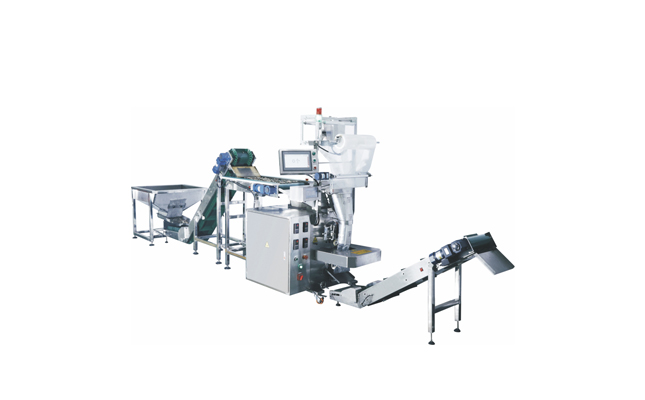
Date | 2023-05-15 21:17:16
Machinery packaging refers to the process of packing, protecting, and transporting heavy equipment or machinery. This is an essential aspect of logistics, especially for industries such as construction, manufacturing, and mining, where heavy equipment is commonly used. The packaging of machinery involves several factors, including the size and weight of the equipment, the mode of transportation, and the destination.
The packaging process begins with the selection of appropriate materials. Machinery packaging requires strong and durable materials that can withstand the weight and size of the equipment. The most common materials used for machinery packaging include wood, steel, and plastic. The choice of material depends on the equipment's size, weight, and fragility, as well as the mode of transportation.
The packaging process also involves the design of customized packaging solutions that fit the equipment's dimensions and specifications. The packaging design should ensure that the equipment is held firmly in place during transportation to prevent damage or shifting. The design should also provide adequate protection against external elements such as moisture, dust, and temperature changes.
One of the essential aspects of machinery packaging is the labeling of the packages. Proper labeling helps to identify the contents of the package, the direction of handling, and the destination. The labeling should be clear and concise, and it should include essential information such as the weight, dimensions, and handling instructions.
Another critical factor in machinery packaging is transportation. The transportation mode used for machinery packaging depends on the equipment's size and weight, the distance to be covered, and the destination. Common transportation modes for machinery packaging include flatbed trucks, container ships, and air freight.
When transporting machinery, it is crucial to ensure that the equipment is secured firmly to prevent damage during transportation. This involves the use of appropriate securing tools such as chains, ropes, and straps. The transportation process also involves adhering to safety regulations to ensure that the equipment is transported safely.
In conclusion, machinery packaging is a crucial aspect of logistics that requires careful consideration. Proper packaging ensures that heavy equipment is protected during transportation, preventing damage and loss. The packaging process involves the selection of appropriate materials, the design of customized packaging solutions, labeling, and transportation. Adhering to safety regulations during transportation is also essential to ensure that the equipment reaches its destination safely.Moreover, it is important to note that machinery packaging also has an environmental impact. Packaging materials such as wood and plastic can contribute to waste and pollution if not disposed of properly. Therefore, it is essential to consider sustainable packaging solutions such as using biodegradable or reusable materials.
Additionally, the machinery packaging industry is constantly evolving with new technologies and innovations being introduced. One of the latest trends is the use of IoT (Internet of Things) technology in machinery packaging. IoT devices can be integrated into packaging solutions to provide real-time monitoring of the equipment's location, temperature, and humidity. This helps to ensure that the equipment is transported under the optimal conditions and any deviations can be addressed promptly.
In conclusion, machinery packaging plays a vital role in logistics and transportation. It involves the careful selection of materials, design of customized packaging solutions, labeling, transportation, and adherence to safety regulations. Sustainable packaging solutions and the integration of IoT technology are some of the latest trends in the industry. By understanding machinery packaging, industries can ensure that their heavy equipment is transported safely and efficiently, contributing to the overall success of their operations.
